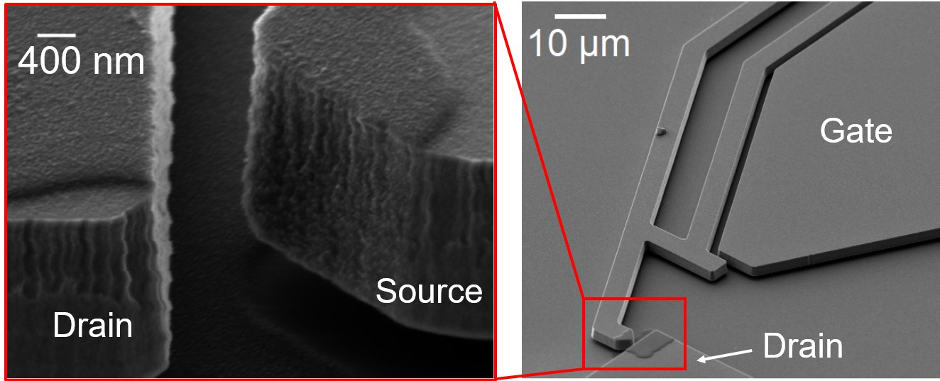Graphite coating heralds microelectromechanical relays for harsh environments
Ultra-low power microelectromechanical relays that could be used for smart electronics such as the Internet-of-Things have been developed in the UK.

While solid-state transistors have long been the workhorse of electronics, there is a limit to their energy efficiency as they tend to leak current, particularly at higher temperatures.
Microelectromechanical and nanoelectromechanical relays have zero current leakage, and consume very little power. They can also operate at much higher temperatures and levels of radiation than transistors.
The devices could be used to create extremely energy efficient electronic components with integrated sensing, processing and actuation, capable of operating in very harsh environments.
However, making the devices reliable has so far proven a challenge, according to Dr Dinesh Pamunuwa, who leads Bristol University’s Microelectronics research group.
“They are essentially nano-switches, with two electrodes that come into physical contact and break contact millions of times,” he said. “That causes the contact to degrade, so after a certain amount of cycling the relays stop working.”
Now he and colleagues at the Universities of Bristol and Southampton, working with California-based Microsemi, have demonstrated that the relays can be made to operate reliably by coating them with nanocrystalline layers of graphite.
Register now to continue reading
Thanks for visiting The Engineer. You’ve now reached your monthly limit of news stories. Register for free to unlock unlimited access to all of our news coverage, as well as premium content including opinion, in-depth features and special reports.
Benefits of registering
-
In-depth insights and coverage of key emerging trends
-
Unrestricted access to special reports throughout the year
-
Daily technology news delivered straight to your inbox










UK Automotive Feeling The Pinch Of Skills Shortage
Not so much attracting skills to the UK but generating skills within the UK is what is needed! That statement suggest they are in effect wanting to...